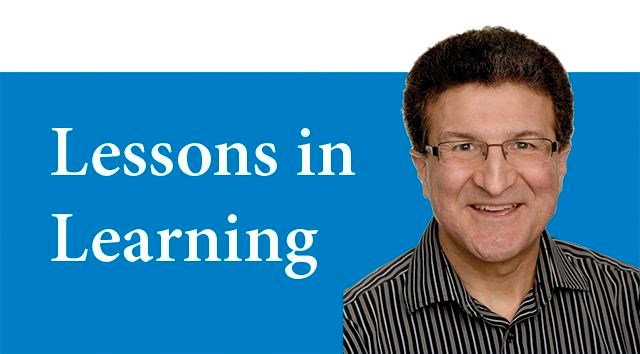In the last federal election, Justin Trudeau expressed the need for electoral reform in Canada.
He recently announced, however, that his party would not follow through on this promise. He cited the fact that it is not an important issue for the majority of Canadians.
In a sense, Trudeau is correct. Only 44 per cent of Canadians are in favour of reforming our electoral system. That said, only 24 per cent are against it. A significant number of people, 32 per cent of the population, do not have clear views on the issue. In other words, it isn't that Canadians do not want electoral reform, the issue is that most do not know what electoral reform means.
In researching this topic, I looked for contrasting views. What I found interesting is that the greatest opposition to electoral reform comes from the larger political parties. This makes sense.
If Canada were to choose to reform our electoral process using proportional representation, it is not very likely that two major parties would take turns dominating parliament. Countries that use this system normally have coalition governments.
Majority governments are certainly more efficient. Less time is spent in debate and more work is done. The problem is that we often end up with a government that passes legislation with no one to hold them in check until the next election, except for the slow moving judicial system.
Coalition governments are not perfect, but they are more democratic. In essence, an elected assembly is no different than any other group of people. When we take time to listen respectfully to each other, we come up with better solutions where everyone benefits. It is not insignificant to note that 14 of the 19 other G20 countries are already using some form of proportional representation.
Another criticism of changing our system is that our political constituencies would become much larger. We would no longer have one person in Parliament representing us. This is not necessarily a bad thing. Some politicians in the current system represent their constituents very well, but others do not. With larger ridings, we will each have more members of Parliament speaking for us. We therefore have more people to contact. We may identify more with one member than another. This is actually a very good thing.
It is also argued that proportional voting is too complicated. People will not support it because they do not understand it. It is indeed more complicated than the "first past the post" system, where we simply check one box and the person with the most vote wins; but, people are capable of learning.
I recall how the 2009 B.C. referendum on electoral reform easily passed in the mock election in my child's elementary school. Could it be that the children voted for it because it was explained to them, and they could see that it was a better system?
We also need to remember that there is a great deal of voter apathy in Canada. When we look at election results, this is quite understandable.
There have been numerable instances of majority governments being elected in Canada when they received less than 50 per cent of actual votes. If you didn't vote for the winner, essentially your vote did not count.
Countries which use proportional representation, in contrast, have significantly higher voter turnout.
Effective people and organizations seek constant improvement. The same can be said for countries. Canada is using essentially the same electoral process that we used 150 years ago, despite the fact that much better systems are available today.
There are many forms of proportional representation and we do not know which will work best in our country. It is clear, however, that we need to pressure our government to improve the electoral system in order for parliament to reflect the values of our diverse population, and for Canada to remain competitive in the 21st century.
For more Lessons in Learning, go to www.gerrychidiac.com.



